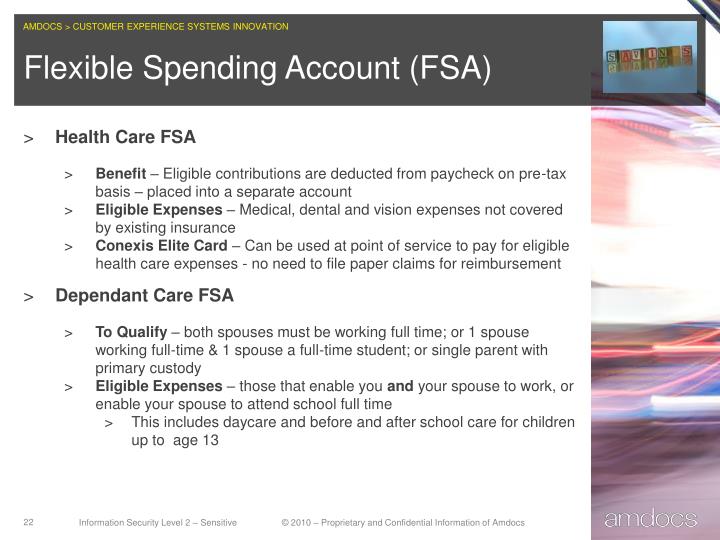

Look for Discounts- Use limited-time coupons and shop one-day sales and clearance sales at department stores.Some thrift shops have periodic "bag sales" where you can buy a big bag of clothing for a nominal cost such as $5. Shop Second Hand- Look for new or "barely worn" clothing at consignment stores and thrift shops.The longer the expected life of a garment, the better the quality should be. Buy Quality, Not Quantity- Select well-made garments that last longer and look better.Aim to get at least three outfits from each new item (five or more is even better). Buy What You Own- Select new clothing to go with clothes that you already own.Cut Up Your Own Food- Remember that, the more preparation a store does, such as making meat and vegetable kabobs and slicing fruit or making fruit salads, the more consumers generally need to pay.īelow are six small steps to cut clothing costs:.Stock Up to Save- Buy (or grow) fresh fruits and vegetables when they are in season and can, freeze, or dry them for use at a later date.
#Flexible expenses free
/GettyImages-1097864072-931d2b9057bb46b391ccc8cffd2ac438.jpg)
Distinguished Professor and Extension Financial Management Specialist Emeritusįood and clothing are major flexible expenses in family budgets.


 0 kommentar(er)
0 kommentar(er)
